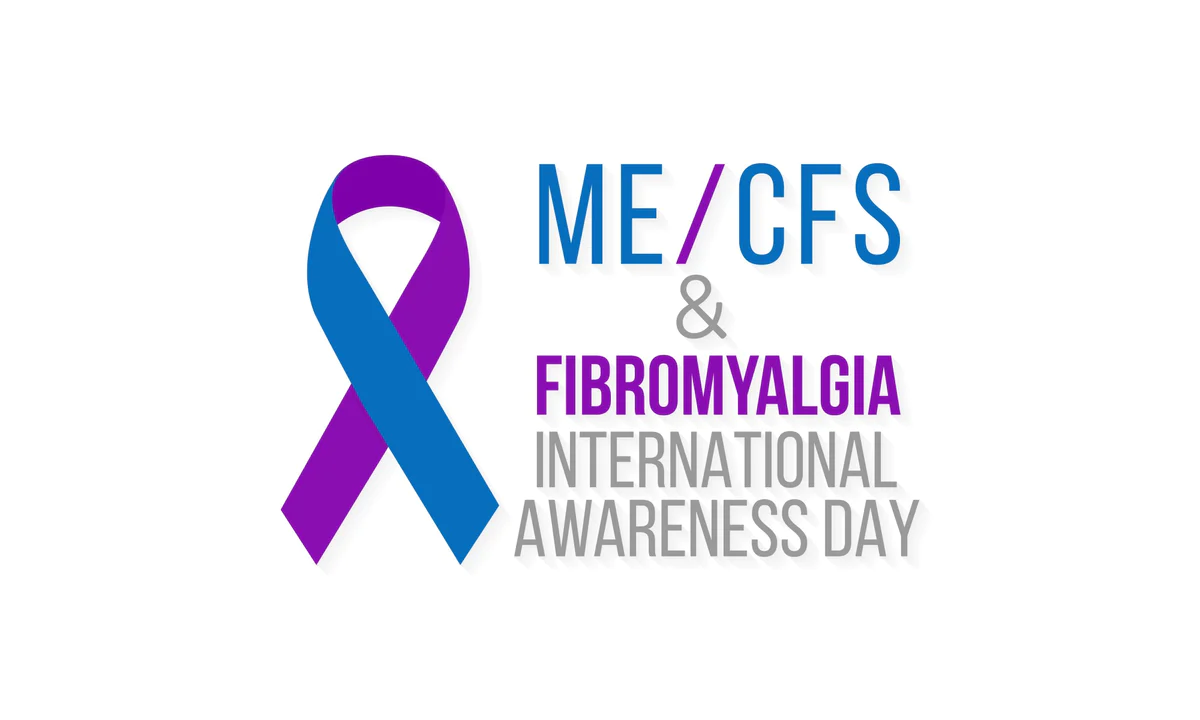Search by Color or Cause


May 12 is ME/CFS and Fibromyalgia International Awareness Day. ME/CFS is not just fatigue. ME/CFS is a serious, long-term illness. Those affected are unable to perform their usual activities and suffer from profound fatigue that is not relieved by rest. A distinguishing feature is post-exertional malaise (PEM), which is the worsening of symptoms after physical or mental activity. Other symptoms include a lack of refreshing sleep, dizziness, problems thinking and concentrating, worsened memory, and pain.
Myalgic encephalomyelitis/chronic fatigue syndrome (ME/CFS) is a disabling and complex illness.
People with ME/CFS are often not able to do their usual activities. At times, ME/CFS may confine them to bed. They also have overwhelming fatigue that is not improved by rest. ME/CFS may get worse after any activity, whether it’s physical or mental. This symptom is known as exertion malaise (PEM). Other symptoms can include problems with sleep, thinking and concentrating, pain, and dizziness. People with ME/CFS may not look ill.
However:
Anyone can get ME/CFS. While most common in people between 40 and 60 years old, the illness affects children, adolescents, and adults of all ages. Among adults, women are affected more often than men. White people are diagnosed more than other races and ethnicities. But many people with ME/CFS have not been diagnosed, especially among people from racial and ethnic minority groups.
A report noted:
Some of the reasons that people with ME/CFS have not been diagnosed include limited access to healthcare and a lack of education about ME/CFS among healthcare providers.
Researchers have not yet found what causes ME/CFS, and there are no specific laboratory tests to diagnose ME/CFS directly. Therefore, doctors need to consider the diagnosis of ME/CFS based on in-depth evaluation of a person’s symptoms and medical history. It is also important that doctors diagnose and treat any other conditions that can cause similar symptoms. Even though there is no cure for ME/CFS, some symptoms can be treated or managed.
Scientists have not yet identified what causes myalgic encephalomyelitis/chronic fatigue syndrome (ME/CFS). It is possible that ME/CFS has more than one cause, meaning that patients with ME/CFS could have illness resulting from different causes. In addition, it is possible that two or more triggers might work together to cause the illness.